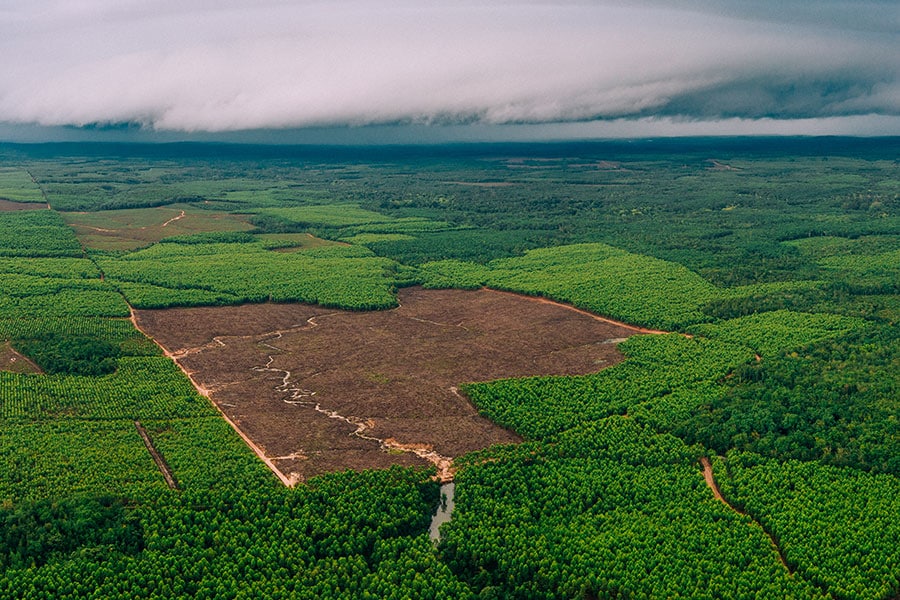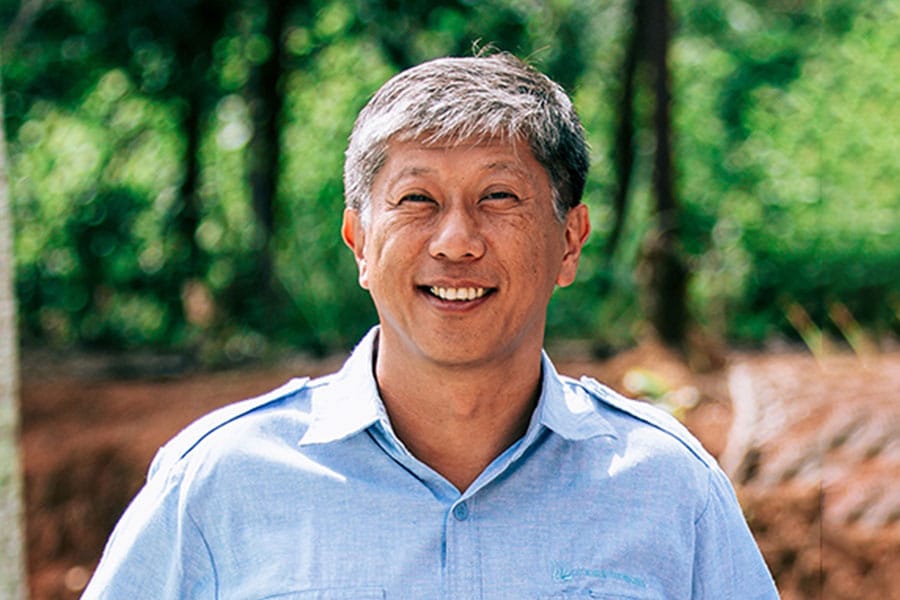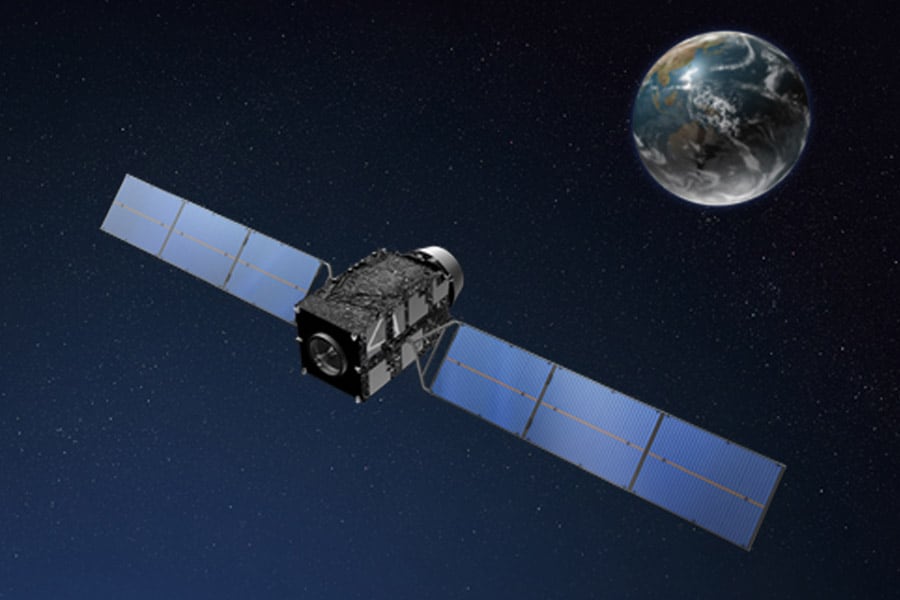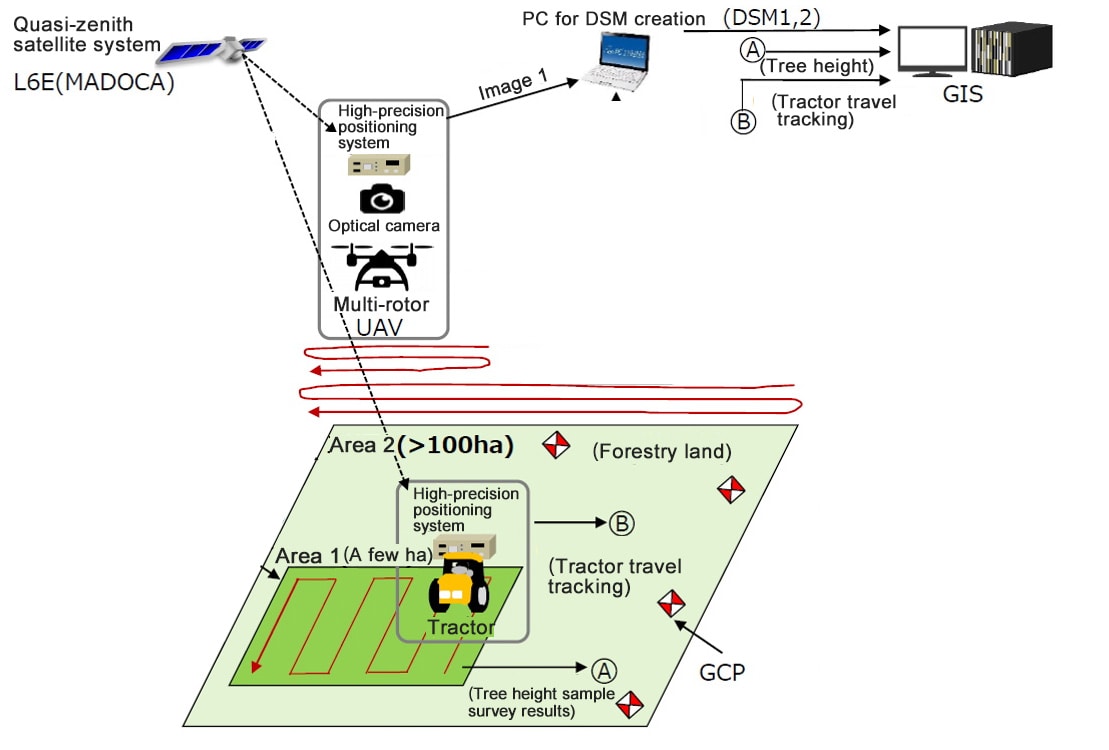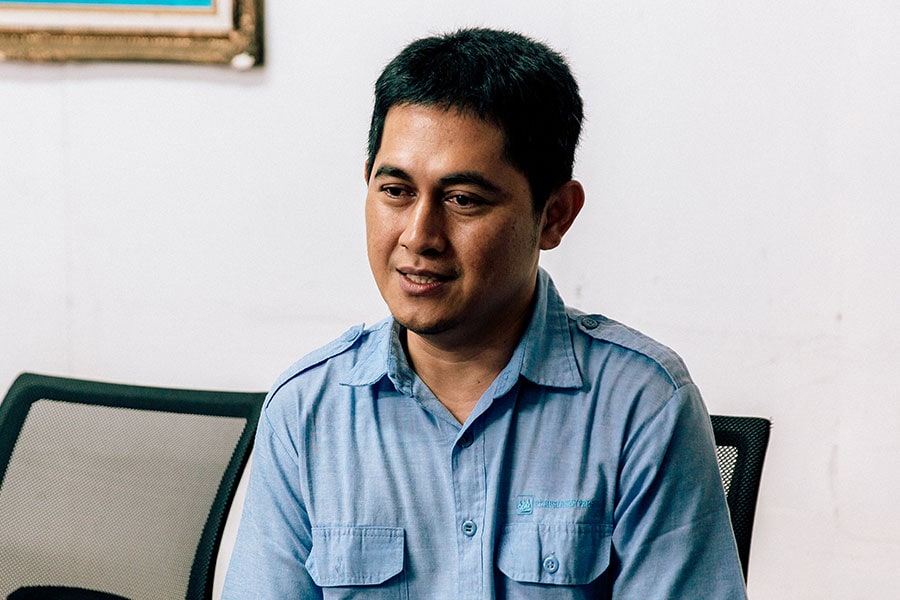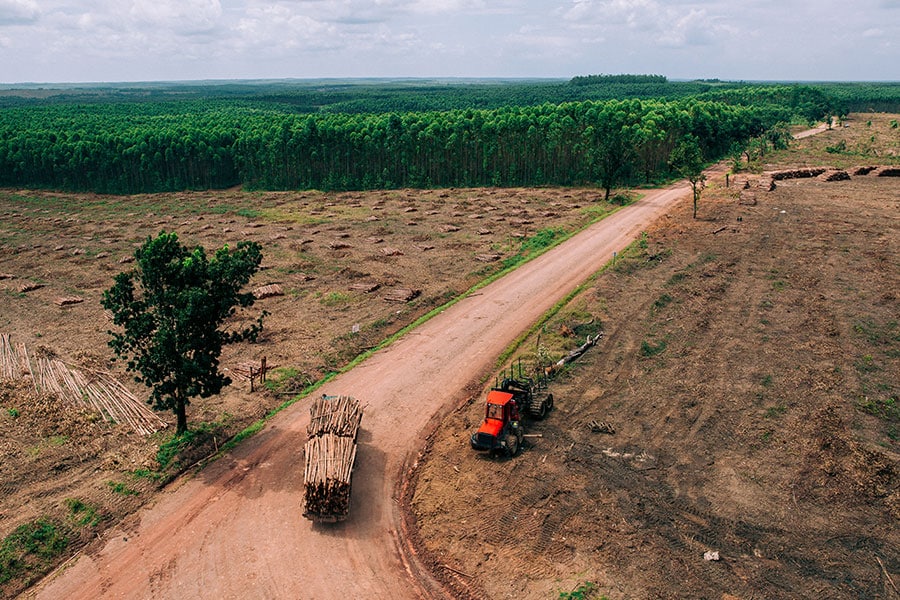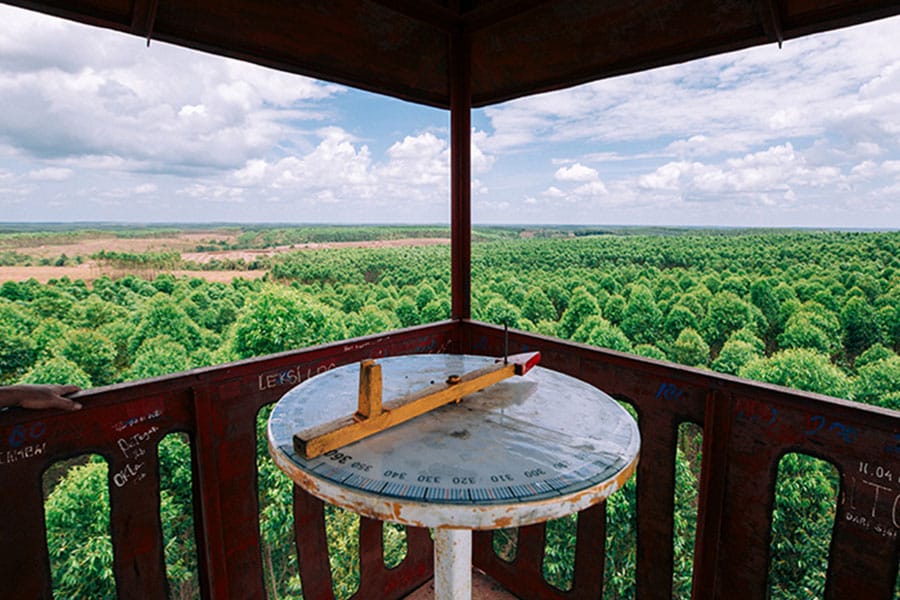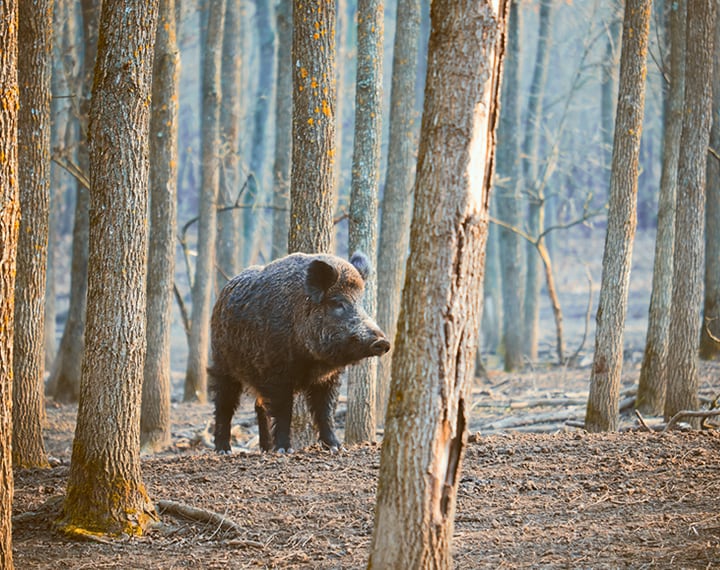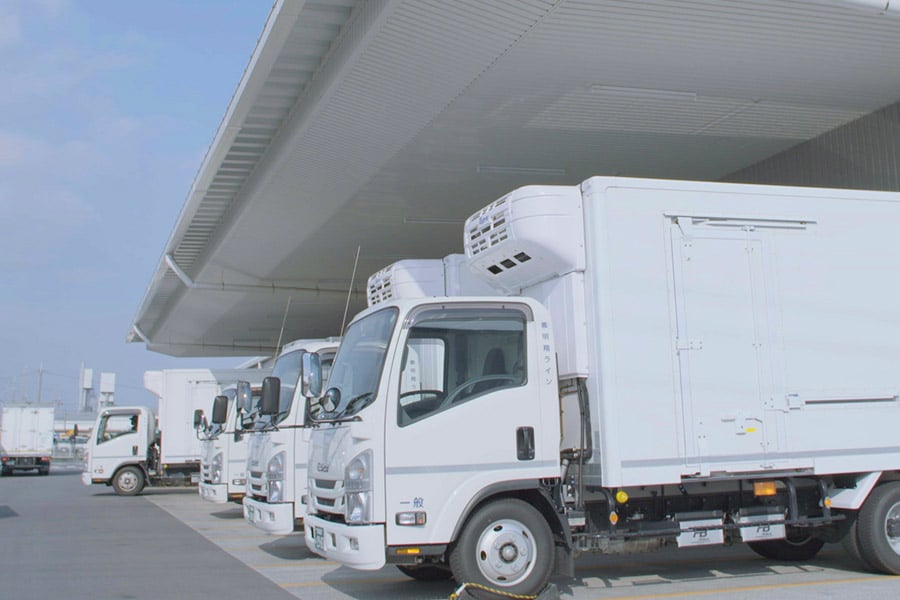The reason why MHP is working on developing such technology is because minutely ascertaining the timber inventory of entire reforestation areas with high precision will make it possible to optimize a series of processes concerning reforestation and raise supply capacity.
This will allow the company to supply lumber to other fields besides paper pulp, such as biomass energy, in an effort to further expand its business. Regarding the reason why timber inventory measurement bears an important role, Mr. Takuya Kuwahara, a top executive at MHP at the time of the interview for this article, mentioned as follows:
"Visualization and high precision are important in the improvement of reforestation business productivity. What I mean by this is to ascertain timber inventory in minute detail and raise precision even further. This brings into relief the challenges that must be addressed for improvement."

